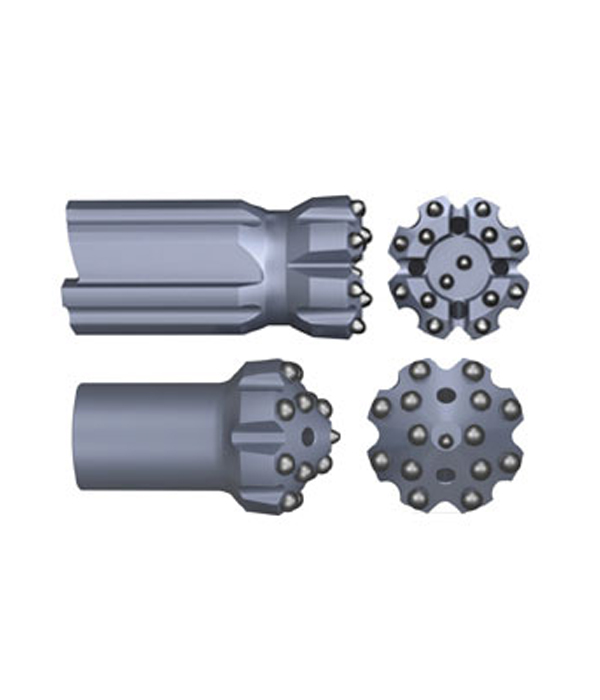The design and production of Extension Drilling Tools have seen significant improvements in recent years, thanks to advancements in materials engineering and manufacturing technology.
One notable innovation is the use of computer-aided design (CAD) for thread modeling. This allows engineers to create threads that provide better torque transfer and wear resistance while minimizing stress concentrations. Finite element analysis (FEA) further helps predict performance under various loads before physical testing.
New steel alloys have also improved tool performance. Through optimized combinations of carbon, chromium, molybdenum, and other elements, manufacturers can achieve higher tensile strength, toughness, and resistance to fatigue. These materials are often heat-treated for enhanced durability in harsh drilling conditions.
Precision machining technologies, including CNC turning and thread rolling, ensure tight tolerances and uniformity across batches. This consistency helps maintain reliable connections and reduces the likelihood of tool failure during operation.
Surface treatment processes such as shot peening and nitriding have become more common. These treatments improve surface hardness and resistance to abrasion, particularly in high-friction applications.
Sustainability is also emerging as a focus. Some producers are exploring environmentally friendly coatings and materials that maintain performance while reducing ecological impact.
These developments are steadily raising the durability, efficiency, and safety of extension drilling tools, making them more adaptable to the evolving demands of the drilling industry.


